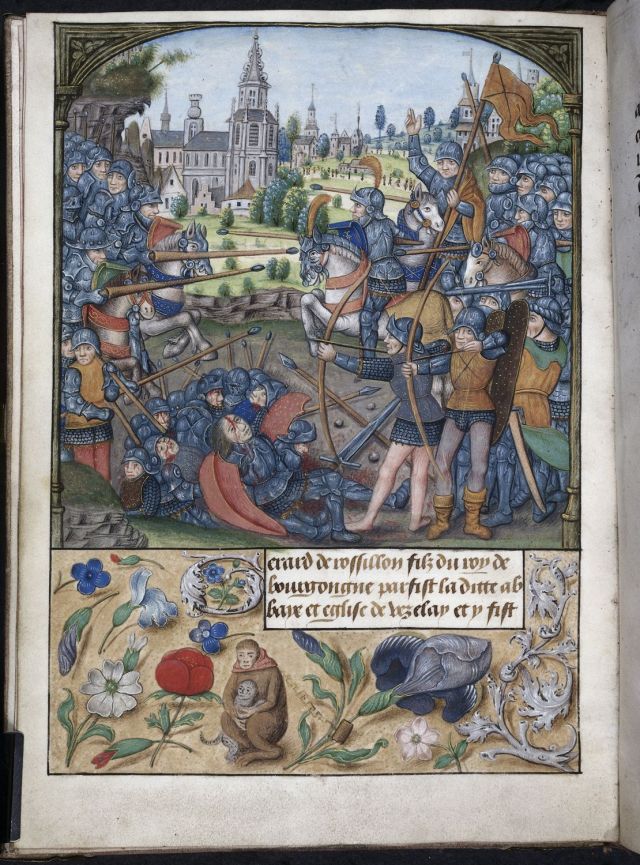
It is smaller than a modern paperback but heavily illuminated with major initials, but no full-page miniatures. The earliest surviving English example was apparently written for a laywoman living in or near Oxford in about 1240. Until about the 15th century paper was rare and most books of hours consisted of parchment sheets made from animal skins.Īlthough the most heavily illuminated books of hours were enormously expensive, a small book with little or no illumination was affordable much more widely, and increasingly so during the 15th century. Frequently they were passed down through the family, as recorded in wills.

There is some evidence that they were sometimes given as a wedding present from a husband to his bride. 15th century, collection Royal Library of Belgium & King Baudouin Foundation Each book was unique in its content though all included the Hours of the Virgin Mary, devotions to be made during the eight canonical hours of the day, the reasoning behind the name 'Book of Hours'. It consisted of a selection of prayers, psalms, hymns and lessons based on the liturgy of the clergy. During the latter part of the thirteenth century the Book of Hours became popular as a personal prayer book for men and women who led secular lives. Eventually a selection of texts was produced in much shorter volumes and came to be called a book of hours. By the 12th century this had developed into the breviary, with weekly cycles of psalms, prayers, hymns, antiphons, and readings which changed with the liturgical season. The book of hours has its ultimate origin in the Psalter, which monks and nuns were required to recite. Įven this level of decoration is richer than those of most books, though less than the lavish amounts of illumination in luxury books, which are the ones most often seen reproduced.

Such books of hours continue to be used by many Christians today, such as the Catholic “Key of Heaven” prayer books, the Agpeya of Coptic Christianity or The Brotherhood Prayer Book of Lutheranism. The Marian prayers Obsecro te ("I beseech thee") and O Intemerata ("O undefiled one") were frequently added, as were devotions for use at Mass, and meditations on the Passion of Christ, among other optional texts. Most 15th-century books of hours have these basic contents. Reciting the hours typically centered upon the reading of a number of psalms and other prayers.Ī typical book of hours contains the Calendar of Church feasts, extracts from the Four Gospels, the Mass readings for major feasts, the Little Office of the Blessed Virgin Mary, the fifteen Psalms of Degrees, the seven Penitential Psalms, a Litany of Saints, an Office for the Dead and the Hours of the Cross. It was developed for lay people who wished to incorporate elements of monasticism into their devotional life. The typical book of hours is an abbreviated form of the breviary, which contains the Divine Office recited in monasteries. Tens of thousands of books of hours have survived to the present day, in libraries and private collections throughout the world. The closely related primer is occasionally considered synonymous with books of hours, but their contents and purposes could deviate significantly from simply recitation of the canonical hours. : 46 Books of hours were usually written in Latin (the Latin name for them is horae), although there are many entirely or partially written in vernacular European languages, especially Dutch. These illustrations would combine picturesque scenes of country life with sacred images. Illumination or decoration is minimal in many examples, often restricted to decorated capital letters at the start of psalms and other prayers, but books made for wealthy patrons may be extremely lavish, with full-page miniatures.

Like every manuscript, each manuscript book of hours is unique in one way or another, but most contain a similar collection of texts, prayers and psalms, often with appropriate decorations, for Christian devotion.

The use of a book of hours was especially popular in the Middle Ages and as a result, they are the most common type of surviving medieval illuminated manuscript. The book of hours is a Christian devotional book used to pray the canonical hours. Bequeathed to the Society in 1769 by the Revd Charles Lyttleton, Bishop of Carlisle and President of the Society (1765-8). An early 15th-century French book of hours ( MS13, Society of Antiquaries of London) open to an illustration of the 'Adoration of the Magi'.


 0 kommentar(er)
0 kommentar(er)
